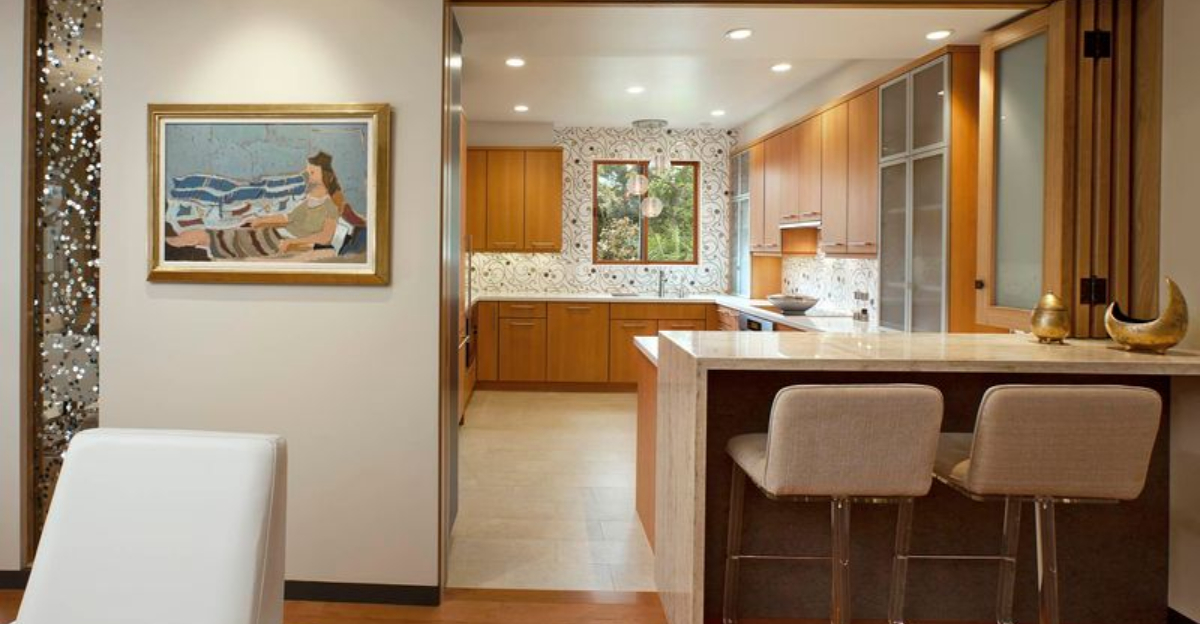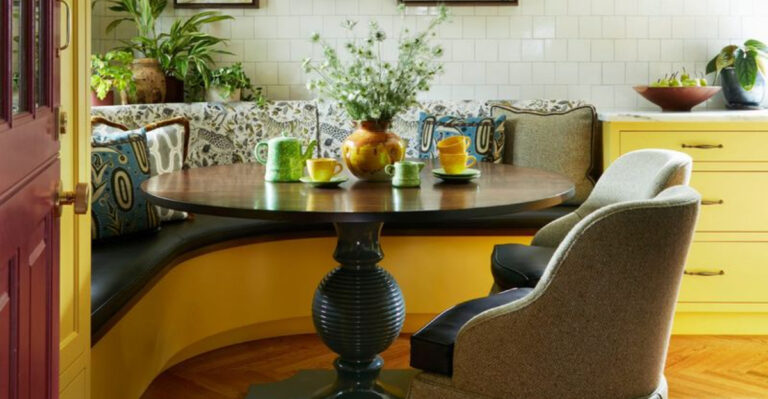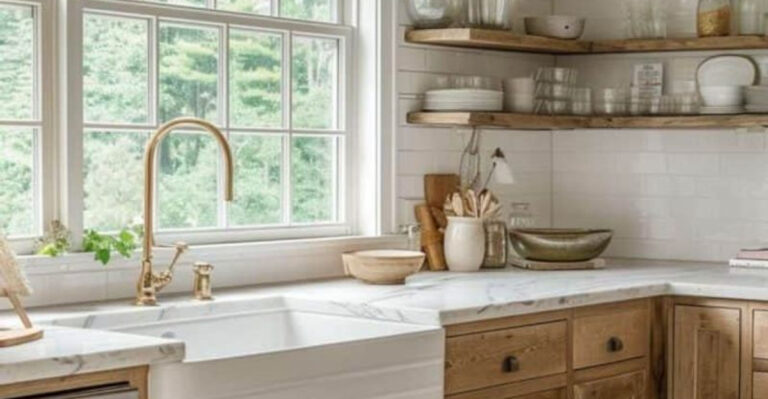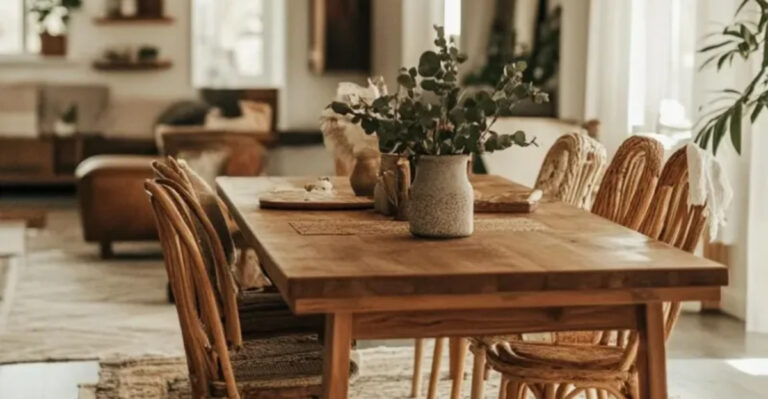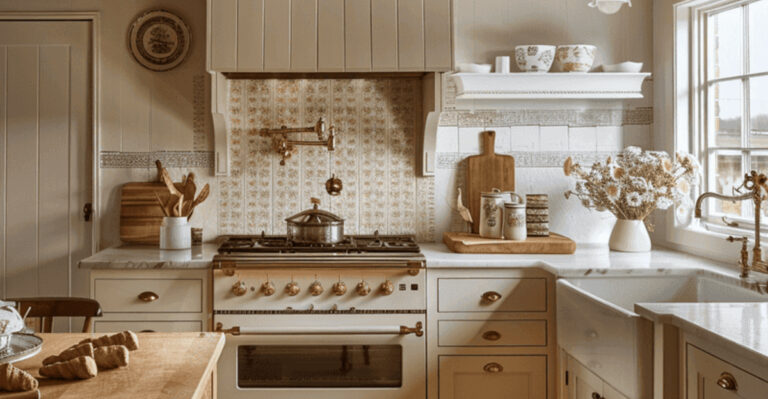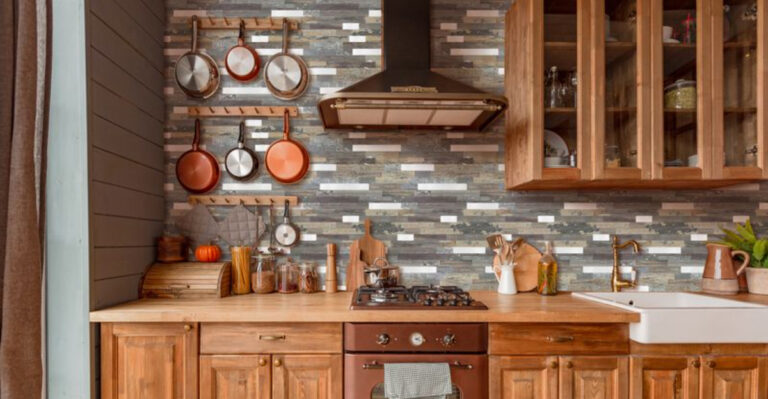16 Reasons Gen Z Is Ripping Out Their Parents’ Open Kitchens
Open kitchens dominated home design for decades, but Gen Z is leading a surprising reversal of this once-popular trend. Young homeowners are increasingly tearing down the open layouts their parents embraced, preferring walls and doors instead.
The shift reflects changing lifestyles, values, and a fresh perspective on what makes a house feel like home.
1. Desire for Defined Spaces
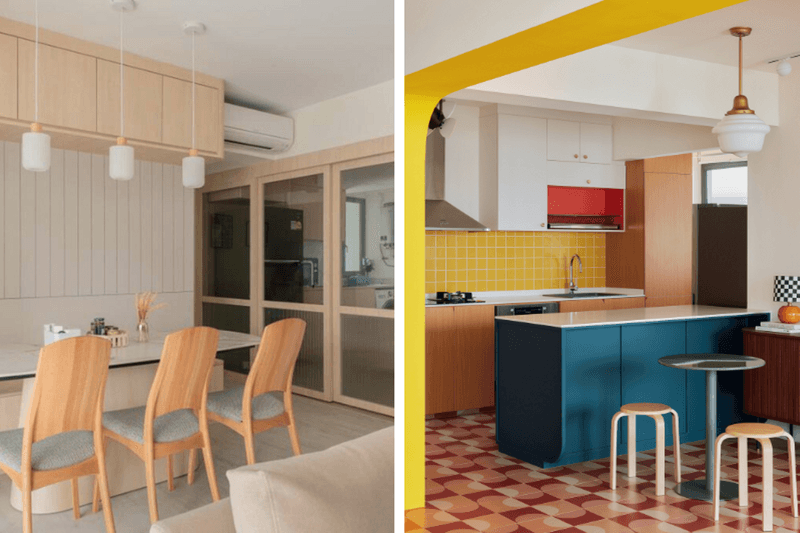
Gone are the days when one massive room served every purpose. Gen Z craves distinct areas with clear boundaries and specific functions.
Walls create natural transitions between activities, allowing the brain to shift gears accordingly. Having separate spaces helps young homeowners mentally categorize their lives – cooking happens here, relaxing happens there.
2. Noise Control
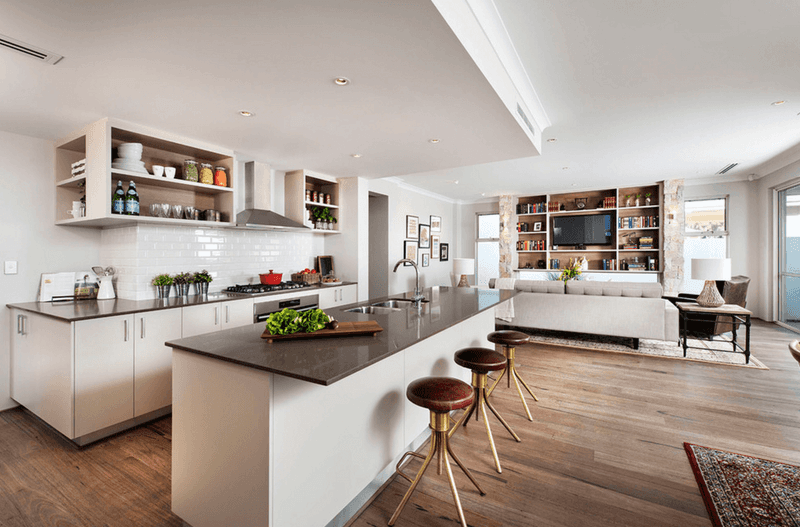
Imagine trying to watch Netflix while someone bangs pots and pans twenty feet away. Without walls, sound travels freely throughout open floor plans, creating a chaotic audio environment.
Gen Z values peace and quiet, especially after growing up in homes where everyone could hear everything. Closing off kitchens means dishwasher cycles and blender smoothies no longer interrupt movie night.
3. Cooking Smells Staying Put
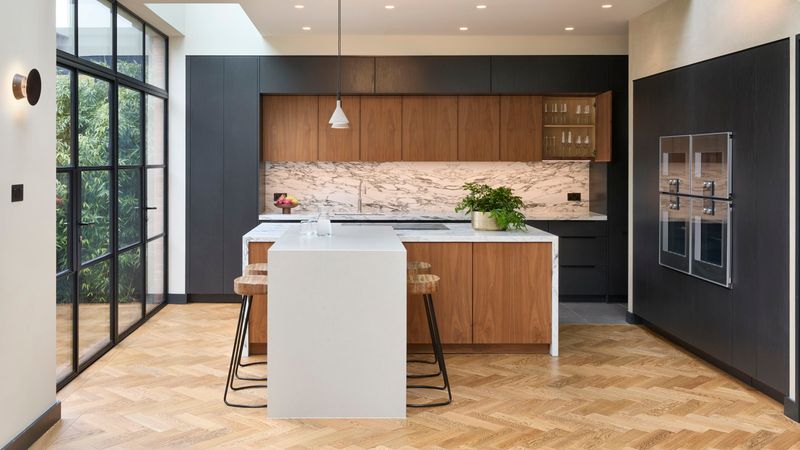
Nobody wants their couch smelling like last night’s fish tacos. Open kitchens allow cooking aromas to permeate every inch of living space, from curtains to cushions.
With closed kitchens making a comeback, food odors remain contained where they belong. Gen Z has realized the simple joy of cooking curry without their bedroom smelling like a restaurant for days afterward.
4. More Wall Space for Cabinets
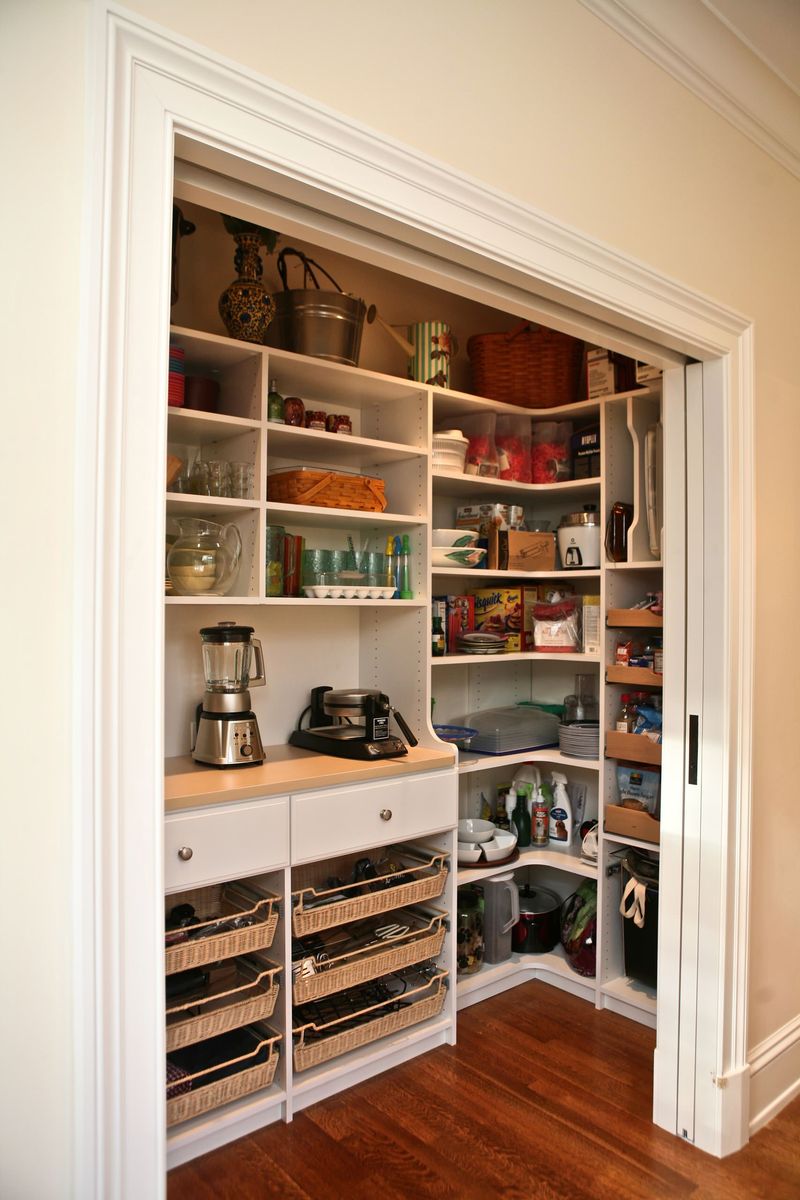
Storage struggles plague open concept homes. Where do you put all your stuff when walls are minimal? Closed kitchens offer four complete walls for cabinets, pantries, and appliances.
Young homeowners appreciate maximizing vertical storage potential, especially as kitchen gadget collections grow. With proper walls, that air fryer, instant pot, and fancy coffee machine all find permanent homes rather than cluttering countertops.
5. Zoom-Friendly Backgrounds
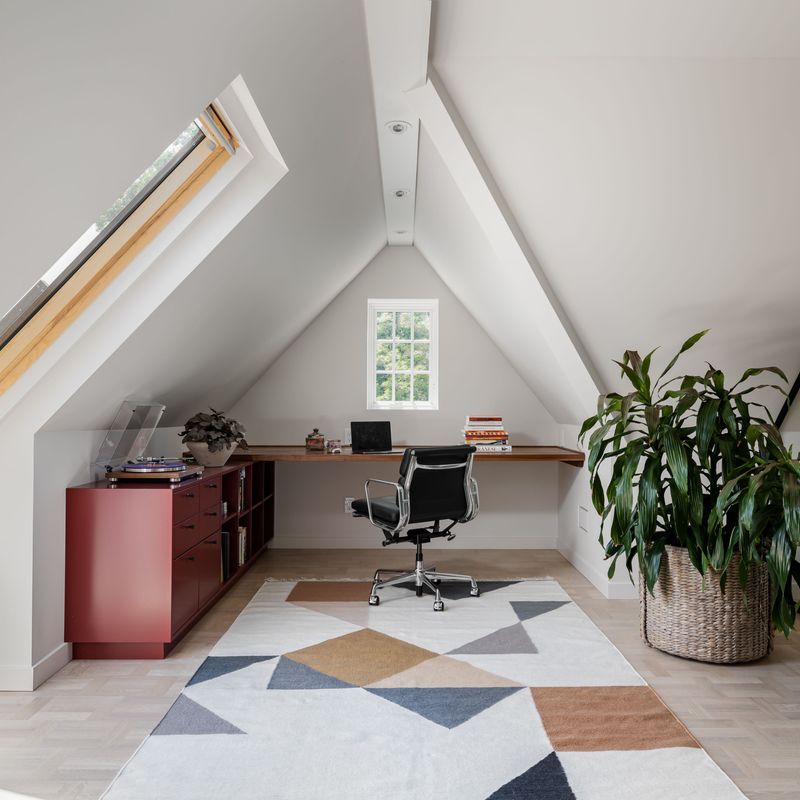
Working from home becomes awkward when your kitchen is visible during important meetings. Remote work culture demands professional backgrounds without family members wandering by with cereal bowls.
Closed kitchens create much-needed separation between work zones and food preparation areas. Gen Z professionals appreciate being able to take calls without showcasing dirty dishes to their entire team.
6. Embracing Vintage Floorplans
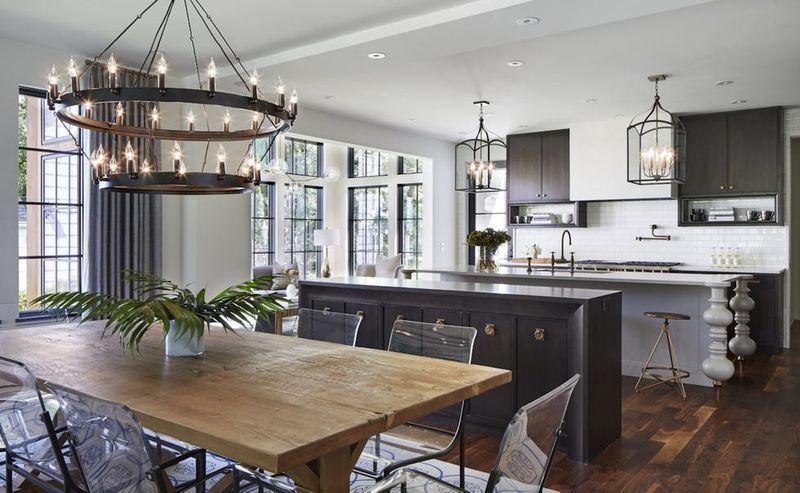
What’s old becomes new again as Gen Z discovers the charm of pre-1970s home designs. Mid-century and craftsman layouts featuring distinct rooms suddenly feel fresh and innovative compared to the cookie-cutter open concepts of recent decades.
Young homeowners appreciate the intentionality of traditional floor plans where architects thoughtfully designated space for each activity. Nostalgia plays a role too – many find comfort in recreating the cozier homes of their grandparents.
7. Greater Energy Efficiency
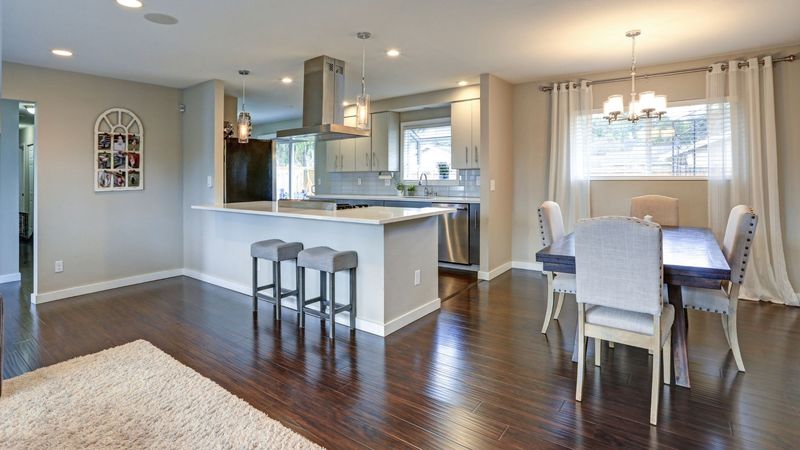
Heating and cooling massive open spaces wastes significant energy. Closed floor plans allow for zoned temperature control, heating or cooling only the rooms currently in use.
Environmentally conscious Gen Z homeowners recognize the sustainability benefits of compartmentalized spaces. When winter arrives, closing off the kitchen means not having to heat the entire downstairs just to cook comfortably.
8. Visual Clutter Reduction
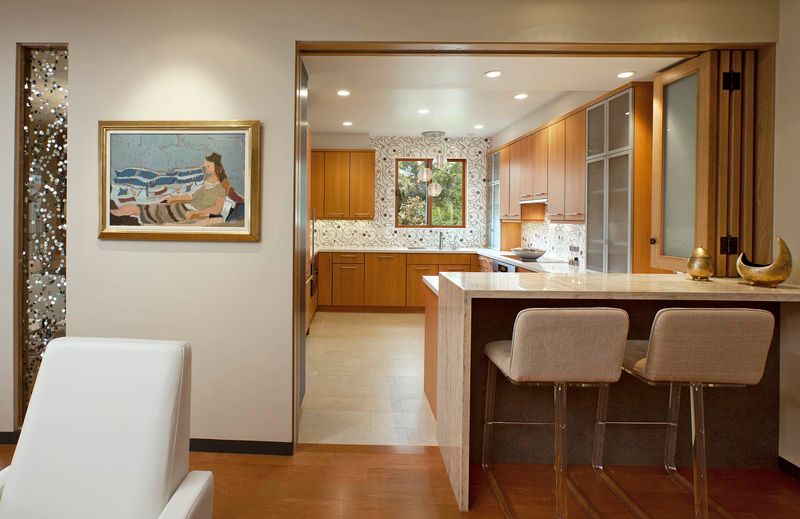
Messy kitchens become eyesores when visible from every angle. One person’s cooking project instantly transforms the entire living space into a disaster zone with open concepts.
Gen Z values the mental clarity that comes from visual boundaries. A closed kitchen means dirty dishes stay hidden until you’re ready to tackle them, preserving the serenity of living spaces regardless of kitchen chaos.
9. Increased Privacy
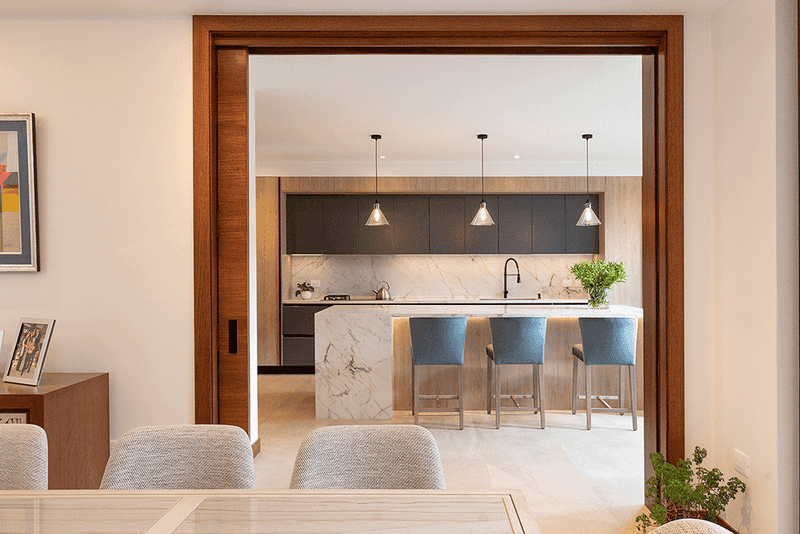
Midnight snack raids become public performances in open concept homes. Anyone relaxing in adjacent spaces witnesses every kitchen activity, from awkward dancing while cooking to stress-eating ice cream straight from the container.
Gen Z appreciates the freedom that comes with private culinary spaces. Closed kitchens create judgment-free zones where experimental recipes and quirky food habits remain personal business.
10. Better Furniture Arrangement
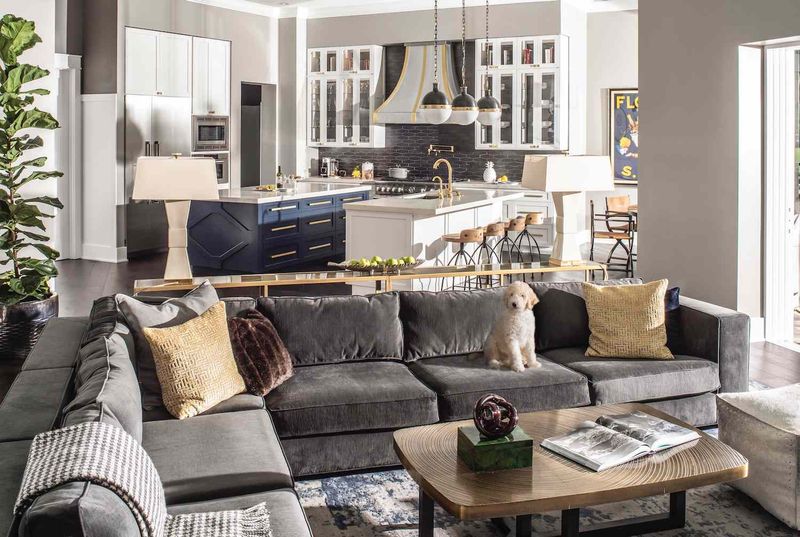
Decorating becomes a puzzle when you’re working with one massive room. Open concepts force sofas to float awkwardly in spaces, creating strange traffic patterns and wasted square footage.
Walls provide natural anchoring points for furniture placement. Gen Z interior enthusiasts appreciate how separate rooms allow for more logical layouts and create opportunities for distinctive design themes in each area.
11. Return of Formal Dining Rooms
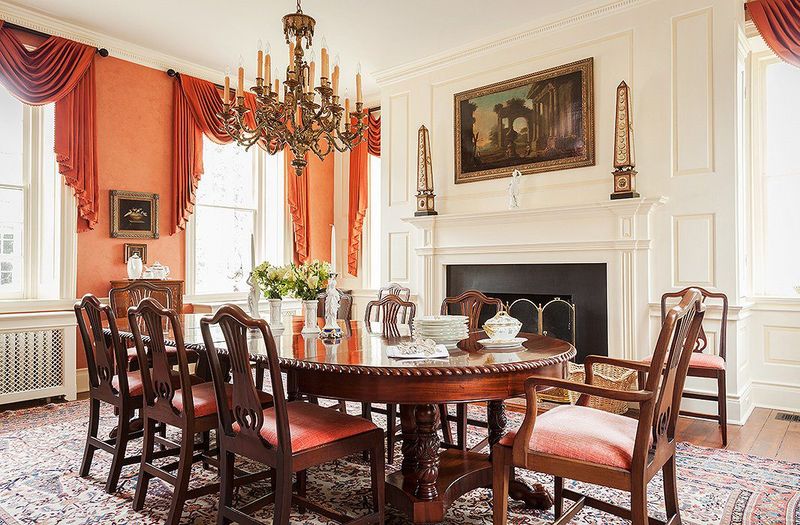
Casual island seating replaced proper dining tables as open concepts took over. Gen Z now yearns for dedicated eating spaces that elevate meals beyond quick kitchen counter consumption.
Formal dining rooms create opportunities for meaningful gatherings focused on conversation rather than kitchen distractions. Young homeowners recognize that some of life’s most important moments happen around tables set apart from cooking chaos.
12. Separation of Work and Leisure
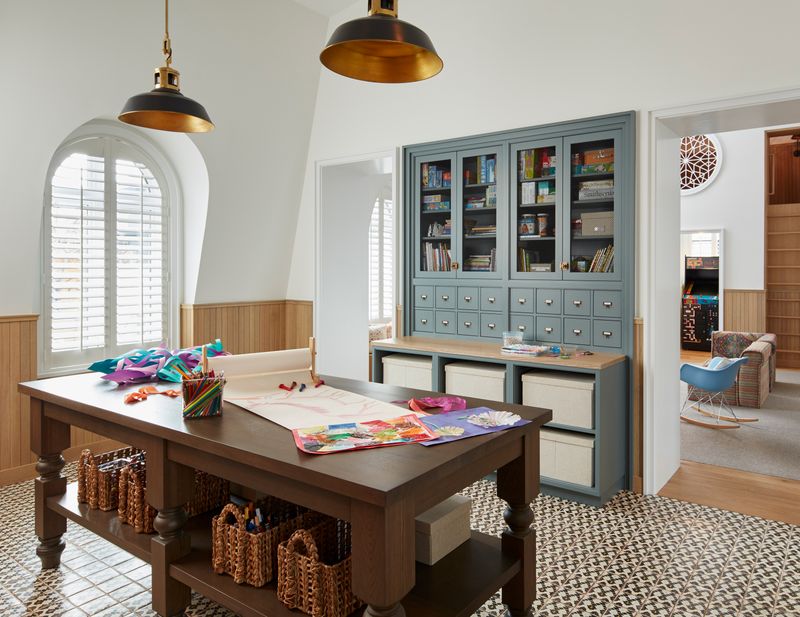
Mental health experts recommend clear boundaries between activities, especially in home environments. Open concepts blur these lines, making it difficult to truly disconnect from household tasks.
Gen Z prioritizes psychological well-being through intentional space design. Closing off kitchens helps create distinct zones for productivity versus relaxation, allowing the mind to fully engage with either cooking or unwinding without visual reminders of other responsibilities.
13. More Personal Design Expression
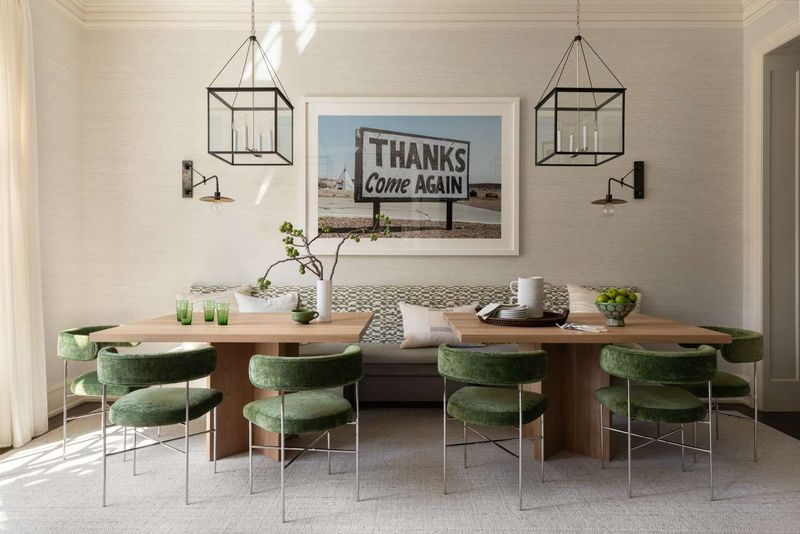
Bold design choices become risky when everything must coordinate in one massive space. Unified layouts force cohesive color schemes and styles throughout, limiting creative expression.
Separate rooms allow for distinct personalities in each area. Gen Z designers embrace the freedom to make the kitchen wildly different from the living room, experimenting with contrasting aesthetics without visual clashing.
14. Resale Trends Favoring Closed Plans
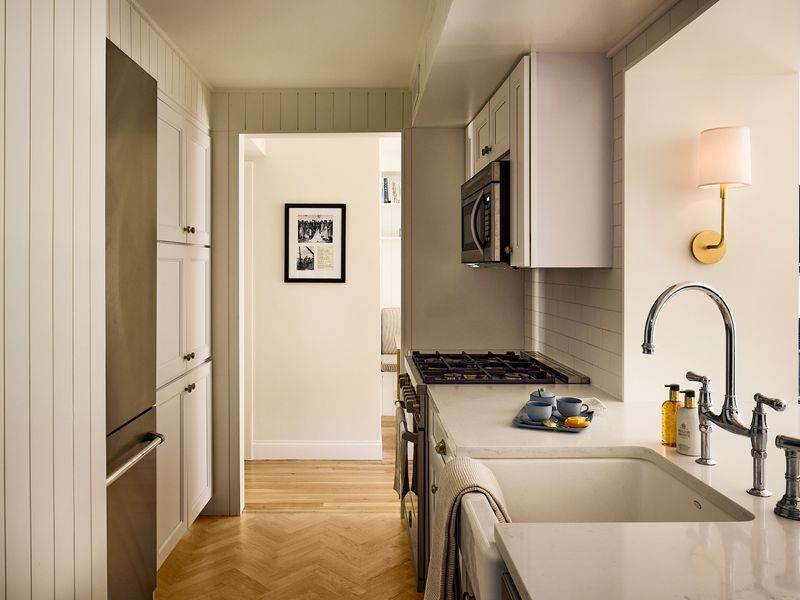
Market preferences cycle like fashion, and separate rooms are making a comeback. Real estate agents report increasing buyer requests for traditional layouts rather than the once-mandatory open concept.
Forward-thinking Gen Z homeowners recognize this shifting trend early. Many see closed kitchen renovations as smart investments that will appeal to future buyers who share their desire for defined, purposeful spaces.
15. Enhanced Acoustics
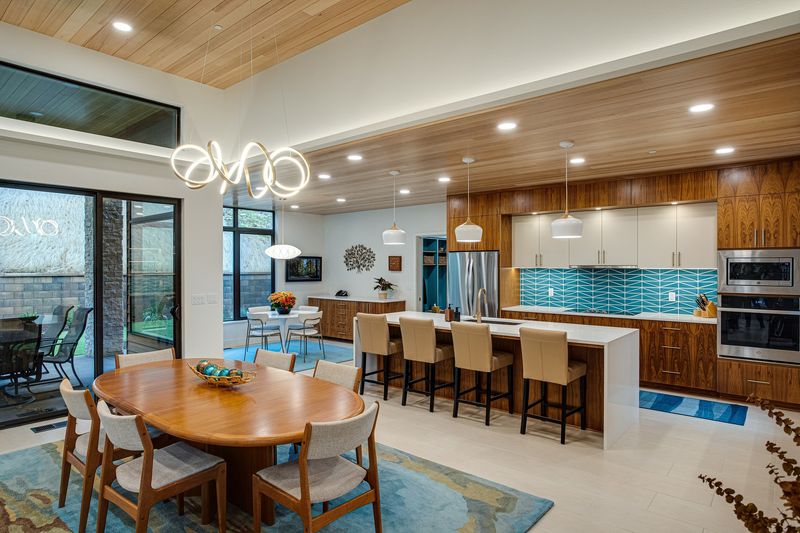
Music sounds better in properly sized rooms with appropriate acoustics. Spacious, uninterrupted layouts create echo chambers where sound bounces chaotically off distant surfaces.
Audiophile Gen Z members appreciate how walls improve sound quality for everything from podcasts to playlists. Separate rooms allow someone to enjoy classical music in the living room while another family member listens to entirely different tunes in the kitchen.
16. Cozy, Nest-Like Atmosphere
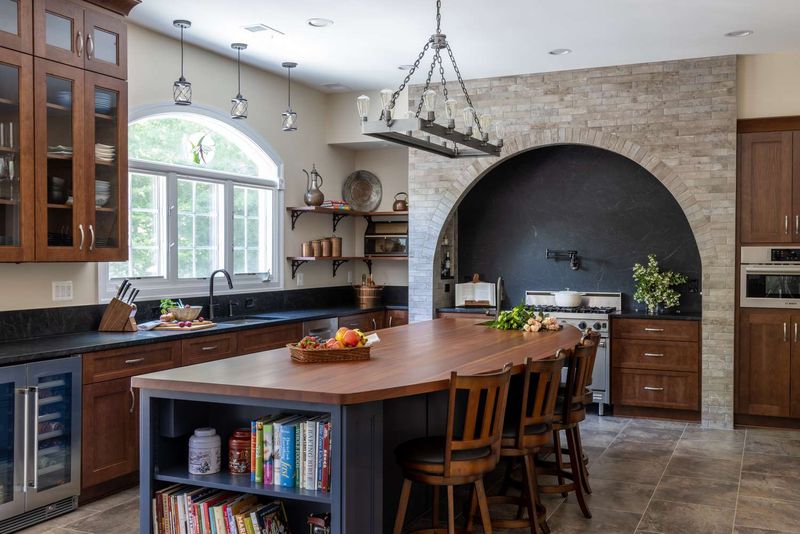
Humans instinctively seek sheltered, intimate spaces that provide psychological comfort. Massive open areas can feel exposed and impersonal compared to smaller, enclosed rooms.
Gen Z gravitates toward the snug feeling that walls provide. Closed kitchens create opportunities for cozy nooks and crannies that satisfy our primal desire for security, making homes feel like true sanctuaries rather than showrooms.

